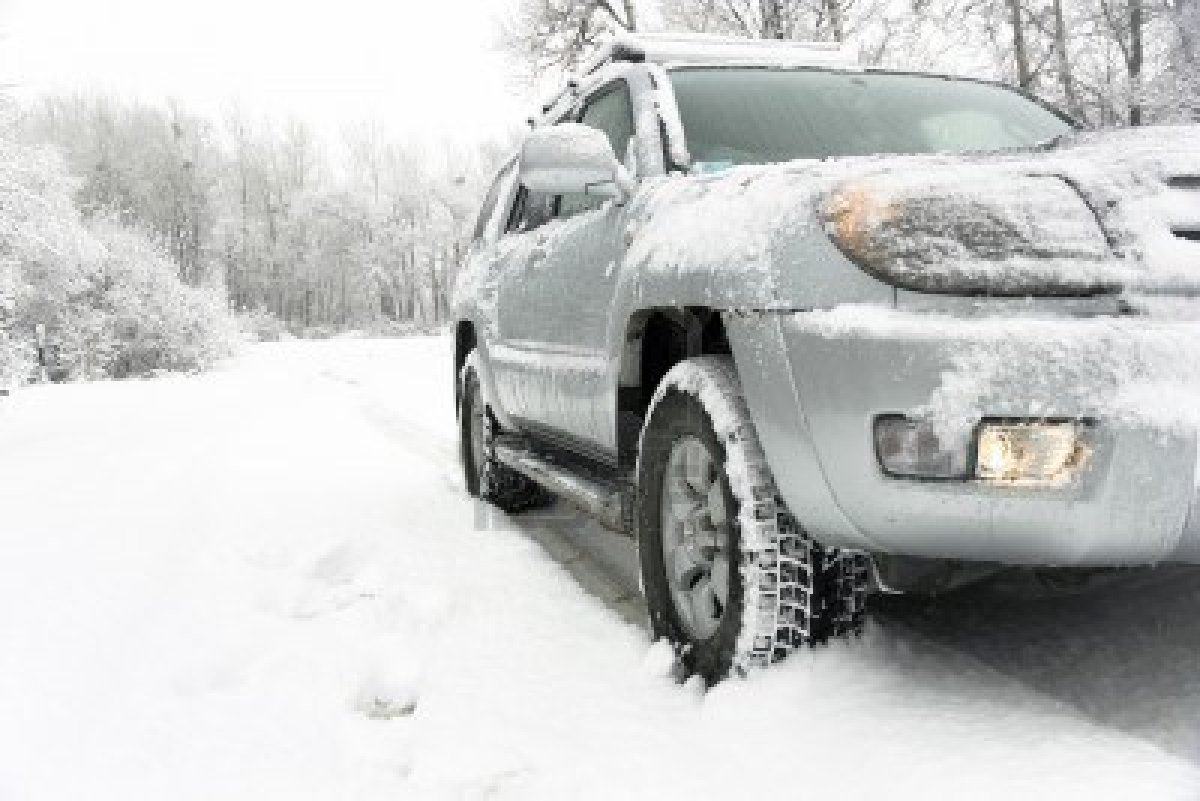Sooner or later, our region will be hit with the typical wintry mix: a combination of snow, sleet, and ice. Ideally, none of us would ever have to venture out during this time, but as the old saying goes: the show must go on. While the best advice for driving in bad winter weather is not to drive at all, Fairfax Auto Repair has you covered with all the tips you need for driving in this unfavorable weather!
If possible, give the snowplows and sanding trucks a chance to do their jobs and get the roads safe first. Make sure you allow yourself extra time to reach your destination, make sure your car is prepared, and if you’re not already, try to familiarize yourself with driving on icy surfaces. If you can, it’s always helpful to practice winter driving techniques in a snowy, open parking lot, so that you’re comfortable with your car’s handling. For a (non-literal) crash course in snowy driving, check out the tips below:
Allow yourself at least three times more space than usual between you and the car in front of you. Reduce your speed, the posted limit is a guide for safe speeds on dry roadways, but in the snow you want to drive at least 5-10 miles under.
Avoiding skidding by NOT slamming on the brakes. If your wheels start to lock up and you have an anti-lock braking system, follow.
Keep your lights and windshield clean. FAR offers headlight restoration services, which are extremely valuable in the winter when visibility is low and conditions are extremely treacherous. Be sure to defrost your entire windshield, front and back, not just enough for the driver’s side.
Use low gears to keep traction, especially on hills. Do not use cruise control or overdrive on icy roads. There’s no race when driving in snow and ice, and you’d rather arrive late in one piece than not at all.
Be extremely cautious on bridges, overpasses and infrequently traveled roads, which will freeze first. Even after the trees are bare, you may encounter patches of ice underneath leaves or debris.
Don’t drive around snowplows and sanding trucks. The drivers have limited visibility, and you’re likely to find the road in front of them worse than the road behind. Take snow emergency routes as these areas are typically tended to first.
Don’t assume your vehicle can handle all conditions. Large SUVs and trucks can skid out and tip over due to small ice patches, small cars run the risk of getting stuck, and standard tires for luxury vehicles and sports cars are not designed to function well in snow and ice.
Should you get stuck while driving, do not spin your wheels. This will only dig you in deeper. Instead, turn your wheels from side to side a few times to push snow out of the way and lightly tap on the gas, to ease your car out. It may be necessary to use a shovel to clear snow away from the wheels and the underside of the car, so keep one in your vehicle at all times.
Also carrying sand, kitty litter, gravel or salt in your vehicle can help gain traction for your wheels.

Driving in Snow and Ice
by
Tags:

Leave a Reply